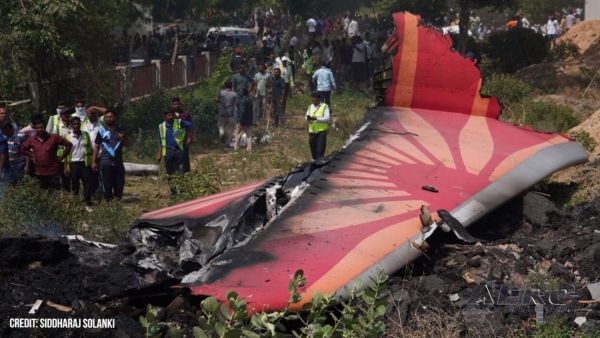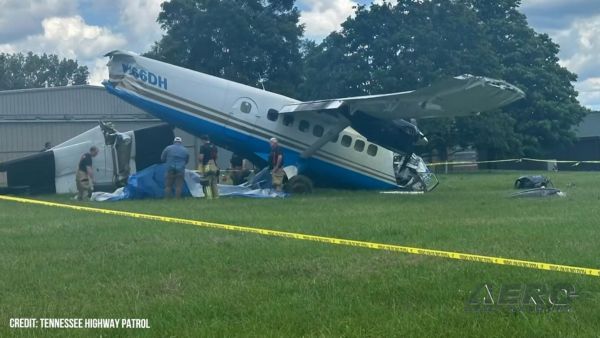Contributing To The Outcome Was The Pilot’S Failure To Maintain Airspeed And His Exceedance Of The Motorglider’S Critical Angle Of Attack
Location: Mulberry, Florida Accident Number: ERA24FA160
Date & Time: April 2, 2024, 10:38 Local Registration: N622PC
Aircraft: Arthur B Canning Merlin Lite Aircraft Damage: Substantial
Defining Event: Loss of engine power (total) Injuries: 1 Fatal
Flight Conducted Under: Part 91: General aviation - Personal

Analysis: The kit manufacturer manager reported that the accident flight was the pilot/builder’s second flight in the motorglider (file photo, below), the first of which was two days before the accident. A witness at the airport reported seeing the pilot taxi for takeoff and that the engine sounded “a bit rough,” but due to the nature of the small two-stroke engine he was not concerned. The witness reported that the motorglider took off and, when it reached about 100 ft to 150 ft above ground level (agl), the engine sputtered then went silent. Video footage showed that when the motorglider was about midfield, it turned right, then left, then pitched up before the left wing dropped and the motorglider began a near-vertical left rotating descent to ground impact consistent with a low-altitude stall and spin.
Postaccident examination of the motorglider revealed no evidence of any preimpact mechanical malfunctions or failures of the flight controls or airframe that would have precluded normal operation. Examination of the engine revealed that the original airbox had been replaced with an unrestricted cone-type air filter. The main carburetor jet had also been replaced with a smaller jet, which would have resulted in the engine running slightly lean (the builder had reported that he thought the engine had been running too rich). Additionally, a hole was noted in the center of the engine’s single piston. A metallurgical examination of the piston revealed light gray deposits covering portions of the crown surface around the hole.
The piston crown had features consistent with pre-ignition damage. This damage was likely the result of an excessively lean mixture due to the unrestricted air intake and smaller main jet. The hole in the piston would have resulted in a total loss of engine power. The distance from the accident site to the end of the available grass area was about 1,300 ft.

The kit manufacturer reported that the motorglider’s typical landing roll was about 200 ft or less. Had the pilot aggressively lowered the nose of the motorglider to maintain airspeed following the loss of engine power, it is likely that he could have avoided the low altitude aerodynamic stall/spin and landed within the remaining available runway.
Probable Cause and Findings: The National Transportation Safety Board determines the probable cause(s) of this accident to be -- The pilot/builder’s modifications of the motorglider’s engine, which resulted in an excessively lean fuel air mixture, preignition, piston failure, and a subsequent total loss of engine power during the initial climb. Contributing to the outcome was the pilot’s failure to maintain airspeed and his exceedance of the motorglider’s critical angle of attack following the loss of engine power, which resulted in an aerodynamic stall/spin at an altitude too low to recover.
 Aero-News: Quote of the Day (06.10.25)
Aero-News: Quote of the Day (06.10.25) NTSB Final Report: Arthur B Canning Merlin Lite
NTSB Final Report: Arthur B Canning Merlin Lite ANN's Daily Aero-Linx (06.10.25)
ANN's Daily Aero-Linx (06.10.25) ANN's Daily Aero-Term (06.11.25): Obstacle
ANN's Daily Aero-Term (06.11.25): Obstacle ANN's Daily Aero-Linx (06.11.25)
ANN's Daily Aero-Linx (06.11.25)




